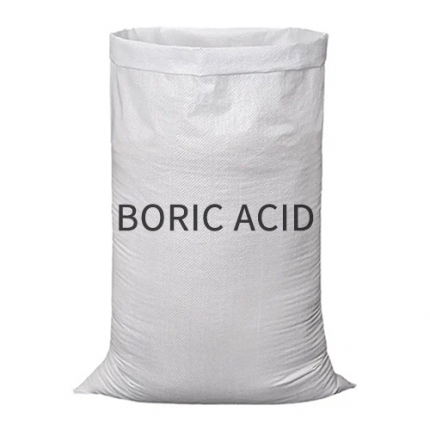How to effectively prevent the growth of linen bacteria and cross-contamination
Secondary pollution after linen washing can easily lead to bacterial growth and cross-contamination of the washed linen, and a lot of work still needs to be done to prevent it.
1. Hygienic requirements for linen in the washing workshop
a)The laundry room should be clearly divided into dirty and clean areas.
b)The linen transfer method in the laundry room is one-way flow from the dirty area to the clean area.
c)The direction of air flow is from the clean area to the dirty area.
d)The linen carts in the dirty area and the clean area are strictly distinguished, and it is forbidden to mix them.
e)Disinfect surfaces that come into contact with clean linen every 2 hours.
f)Classified, dirty and clean areas require fly zappers or high pressure traps.
g)Dirty area and clean area employees are prohibited from entering each other's areas.
h)Always wash your hands and use hand sanitizers whenever you touch clean linen.
2. Shipping requirements for clean linen
a)Vehicles and tools for transporting linen should be surface sanitized every time.
b)Vehicles and tools for transporting linen need to have a cover to completely cover the linen.
c)The cover should be cleaned after use and cannot be reused.
d)Transporting linen cannot take the same elevator with food and garbage.
e)Employees transporting linen need to use a water-free hand sanitizer before touching clean linen.
3. Temporary storage requirements for clean linen in the linen room
a)The racks and surfaces where the linen is stored in the linen room need to be disinfected daily.
b)Linen should not be stored in the linen room for more than 7 days.
c)Garbage, dirty linen and other cleaning tools cannot be stored in the linen room.
d)Prevent rodents and pests in the linen room.
e)UV lamp irradiation disinfection method can be used in the linen room.
4. Access and use of clean linen
a)Employees will wash their hands and use hand sanitizers when accessing linen.
b)The work cart needs to be disinfected before placing the clean linen.
c)All surfaces on which clean linen is placed need to be disinfected.
d)Employees need to use water-free hand sanitizer before handling clean linens.
e)Linen in the room that has not been used by guests needs to be disinfected or re-washed after 7 days.
Pay attention to washing water quality and hygiene
Linen washing water is often overlooked in the washing process, but in fact, the fresh water used for washing is also an important factor causing bacterial growth. Although some countries stipulate that the washing water must be fresh water of drinking standard, when the washing water is stored in the water tank for washing, bacteria may breed again.
Although the linen is sterilized in the main washing stage, it is easy to re-contact with bacteria-containing water during the water-passing step, and it is re-contaminated. After ironing and drying, this harmful problem may even become a problem. worse. In this regard, low-concentration hypochlorite is added to the storage tank to suppress the re-growth of bacteria and ensure washing water.

